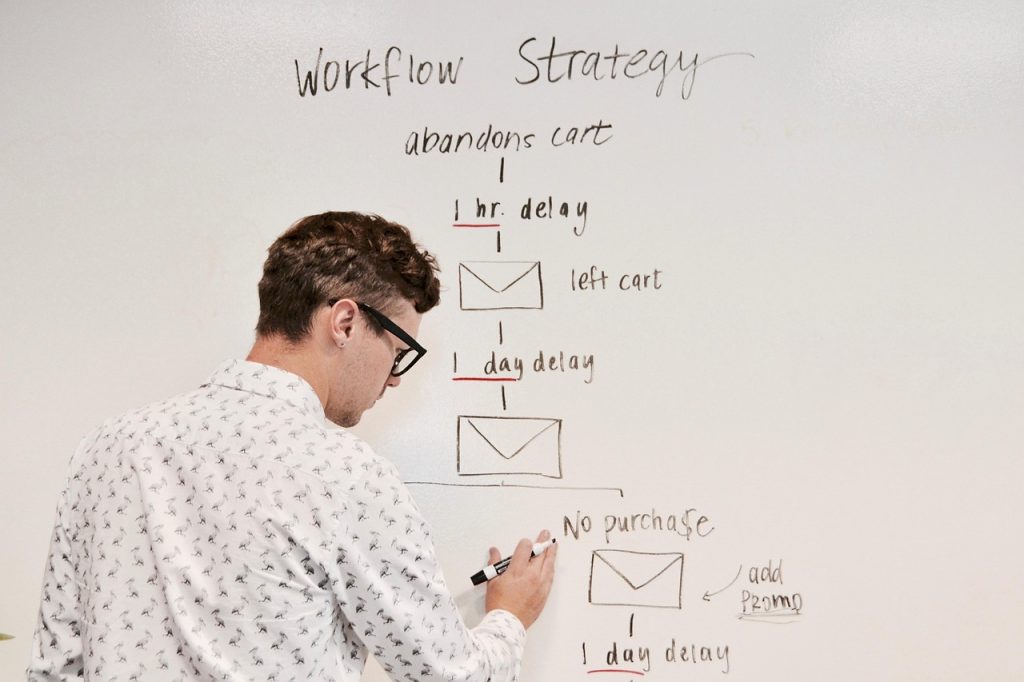In business, every strategy is a balance between risk and reward. Whether you are setting a budget or planning your next marketing campaign, your choices often resemble investment decisions.
Do you take the steady, proven path or make a bold move for bigger results? Just as in finance, marketing has its own version of this ongoing trade-off. This is where the idea of volatility comes in. It is a way of understanding how predictable or unpredictable a tactic might be.
Some campaigns deliver consistent outcomes, while others are wild cards. Knowing how to weigh both approaches helps you plan smarter and push your brand forward with purpose.
What Video Games Can Teach About Marketing Volatility
Understanding volatility allows businesses to assess which moves are worth the risk and which ones provide steady gains. The key is recognising your brand’s appetite for risk and knowing when to play it safe or when to pursue a larger reward.
Marketing, like video games, often comes down to timing, risk, and reward. In strategy titles such as Civilization, players can opt for slow, steady growth through infrastructure or gamble on aggressive expansion that could either dominate or collapse under pressure.
The same principle appears in online games like Mega Moolah slot game. The game is built on a straightforward idea: players can spin for hours with small, steady wins while chasing a life-changing payout. With its lower Return to Player (RTP), the odds of winning are smaller, but the chance of hitting a jackpot keeps people engaged.
Marketing works in a similar way. Some strategies, such as SEO or email campaigns, are low-risk and reliable. They may not transform your brand overnight, but they create steady traction. Others, like viral videos or celebrity endorsements, are high-risk and more expensive. If they succeed, however, they can deliver large and rapid returns.
Defining Volatility in the Context of Marketing and Budgeting
In finance, volatility refers to how much the price of an asset fluctuates over time. High volatility involves wide swings, while low volatility signals more stability.
In marketing and budgeting, the concept applies in the same way. A low-volatility strategy could involve steady SEO, email marketing, or content marketing. These approaches have predictable costs and steady, if slower, returns.
A high-volatility approach might involve launching a viral campaign, relying on a major influencer, or investing in untested channels. The potential rewards are higher, but so are the risks if the effort fails or underperforms.
The right path depends on your business. Smaller firms with limited budgets may prefer lower-volatility tactics that protect cash flow. Companies with more resources or a mature market presence may experiment with higher-volatility plays in pursuit of significant growth.
Knowing your risk tolerance, financial cushion, and growth goals helps determine the most suitable mix.
Building a Balanced Portfolio of Campaigns
Think of your marketing strategy as a portfolio. It should not rely on one tactic alone. Mixing low-risk, steady performers with a few higher-risk, higher-reward experiments produces better long-term results.
Low-volatility channels such as SEO, email marketing, and blog content provide consistent returns and build trust over time. Adding some higher-risk efforts, like influencer campaigns or bold advertising pushes, can accelerate growth.
Many experts suggest following something similar to the 70/20/10 rule. In this model, 70 per cent of the budget goes to proven strategies, 20 per cent to growth opportunities, and 10 per cent to experimental ideas. This balance maintains stability while still leaving room for innovation.
Smaller businesses might lean more conservative, while larger brands can afford to take greater risks.
Risk Tolerance and Business Objectives
Every business has a different comfort zone when it comes to risk. Assessing your tolerance means understanding how much uncertainty you can manage without disrupting your goals.
Some companies prioritise steady lead generation or brand awareness, which aligns with lower-risk campaigns such as content marketing or paid search. Others aim for rapid expansion and are willing to attempt high-risk strategies such as large-scale promotions or celebrity endorsements.
There are many examples where high-risk strategies paid off, such as startups that went viral and gained sudden visibility. However, there are also cautionary tales of companies that overspent on ambitious campaigns with little return, sometimes exhausting their budgets before reaching stability.
Research on small businesses suggests an inverted U-shaped relationship between risk tolerance and profitability. Businesses with moderate risk tend to perform better, while those at either extreme often underperform.
Measuring Success Across Campaign Volatility Levels
Campaigns with different levels of risk require different measurements of success. Stable campaigns such as ongoing SEO or email marketing should be evaluated using metrics like conversion rate, customer acquisition cost (CAC), and customer lifetime value (CLV). These measures show whether your foundation is delivering consistent results.
For more volatile, high-risk campaigns, ROI remains important, but additional measures matter. Reach, engagement, and share of voice help identify momentum and early signs of potential success. These indicators show promise before you decide to commit more resources.
Comparing actual results with expectations over time helps refine the mix of low- and high-volatility tactics that best suit your brand, goals, and budget.
Know When to Play It Safe—and When to Take the Leap
Balancing risk and stability in your campaigns is not about choosing one path over the other. It is about knowing when each approach fits your brand. A steady plan creates a reliable foundation, while bold moves can unlock bigger wins.
The most effective marketers build strategies with intention, measure what matters, and stay flexible. Stability provides security, but calculated risks open the door to growth.
